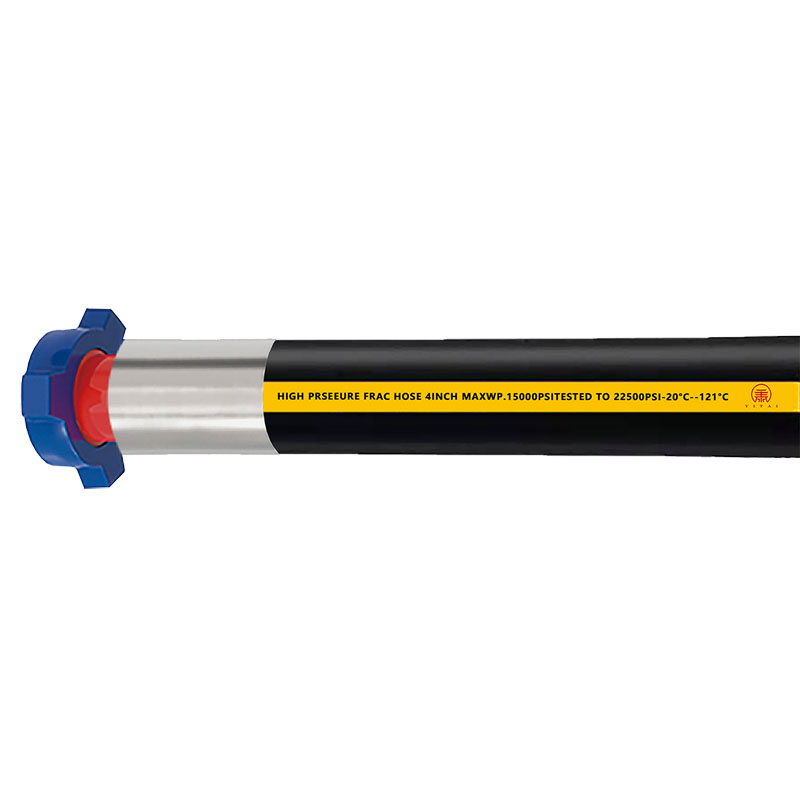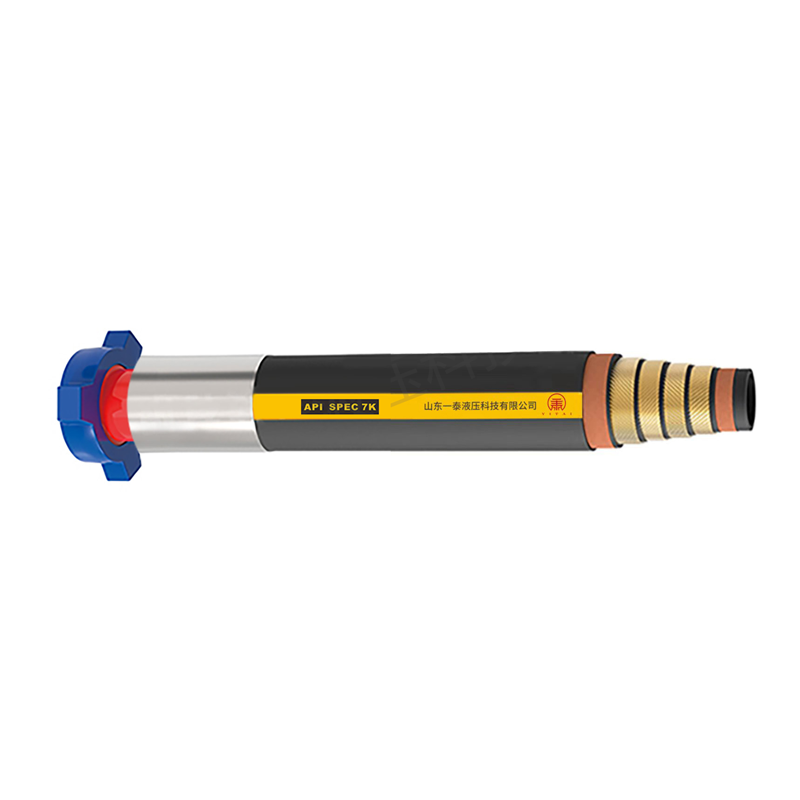- English
- Español
- Português
- русский
- Français
- 日本語
- Deutsch
- tiếng Việt
- Italiano
- Nederlands
- ภาษาไทย
- Polski
- 한국어
- Svenska
- magyar
- Malay
- বাংলা ভাষার
- Dansk
- Suomi
- हिन्दी
- Pilipino
- Türkçe
- Gaeilge
- العربية
- Indonesia
- Norsk
- تمل
- český
- ελληνικά
- український
- Javanese
- فارسی
- தமிழ்
- తెలుగు
- नेपाली
- Burmese
- български
- ລາວ
- Latine
- Қазақша
- Euskal
- Azərbaycan
- Slovenský jazyk
- Македонски
- Lietuvos
- Eesti Keel
- Română
- Slovenski
- मराठी
- Srpski језик
When old Oil Drilling Hoses present safety hazards, is it more cost-effective to replace them with new ones or refurbish them?
2025-10-16
In oilfield operations, Oil Drilling Hoses deteriorate over time, developing safety hazards such as cracks, corrosion of the wire layer, and swelling of the inner rubber layer. Left untreated, they can leak or burst, delaying drilling progress and potentially causing safety accidents. So, is it more cost-effective to replace these old hoses with new ones or refurbish them and continue using them?

Determining the Degree of Aging
First, determine whether the Oil Drilling Hoses present a "surface problem" or "core damage." This is crucial in determining whether they can be repaired or replaced. If the outer rubber layer contains only minor cracks or minor wear, and the inner steel wire reinforcement is not rusted or broken, and the inner rubber layer is not swollen or perforated, refurbishment is generally possible. For example, if the outer rubber layer is worn, a professional repair shop can remove the old outer rubber layer, re-wrap it with a new rubber layer, and then vulcanize it, allowing it to resume use. Minor scratches on the inner rubber layer without penetration can also be repaired with a patching agent. However, if the wire layer is severely corroded, with over 30% broken wires, or if the inner rubber layer is extensively swollen or perforated, or even leaking at the hose joints, repair is pointless.
Refurbishment
If Oil Drilling Hoses are only superficially aged and the core components are intact, refurbishment is generally more cost-effective than replacement. First, the cost is low: refurbishment typically costs only 30%-50% of a new hose, saving significant procurement costs. Second, the turnaround time is fast. Customizing a new hose typically requires a 15-30 day wait, and even longer for special specifications. Refurbishment, on the other hand, typically takes 3-7 days. If oilfield operations are under tight deadlines, refurbishment can help resume production faster, eliminating the delays associated with waiting for new hoses.

Replacement Situations
If the core components of an Oil Drilling Hoses are damaged, such as numerous broken wires in the steel wire layer, perforations in the inner rubber layer, or if the hose fails inspection after refurbishment, it is essential to replace it. Do not continue using it or force a repair in the hope of saving costs. First, there are safety issues. Even if a damaged core hose is repaired, its pressure resistance and fatigue resistance will be significantly reduced. This can easily lead to pipe bursts when pumping high-pressure drilling fluid, causing leaks, fires, and even casualties. The cost of handling these incidents is much higher than purchasing a new hose. Second, there are long-term costs. Forcibly repairing a damaged core hose may cause problems again within one to two months. Repeated repairs and failures can add up to more expensive repair costs than simply buying a new one. Furthermore, each failure delays the project, impacting drilling efficiency and leading to even greater indirect losses.




